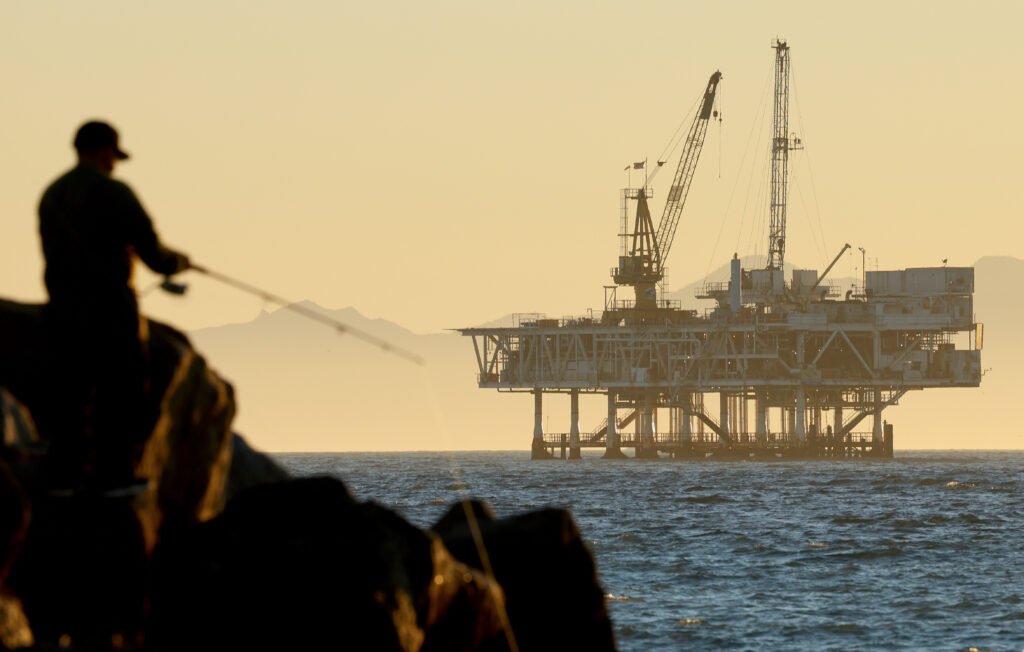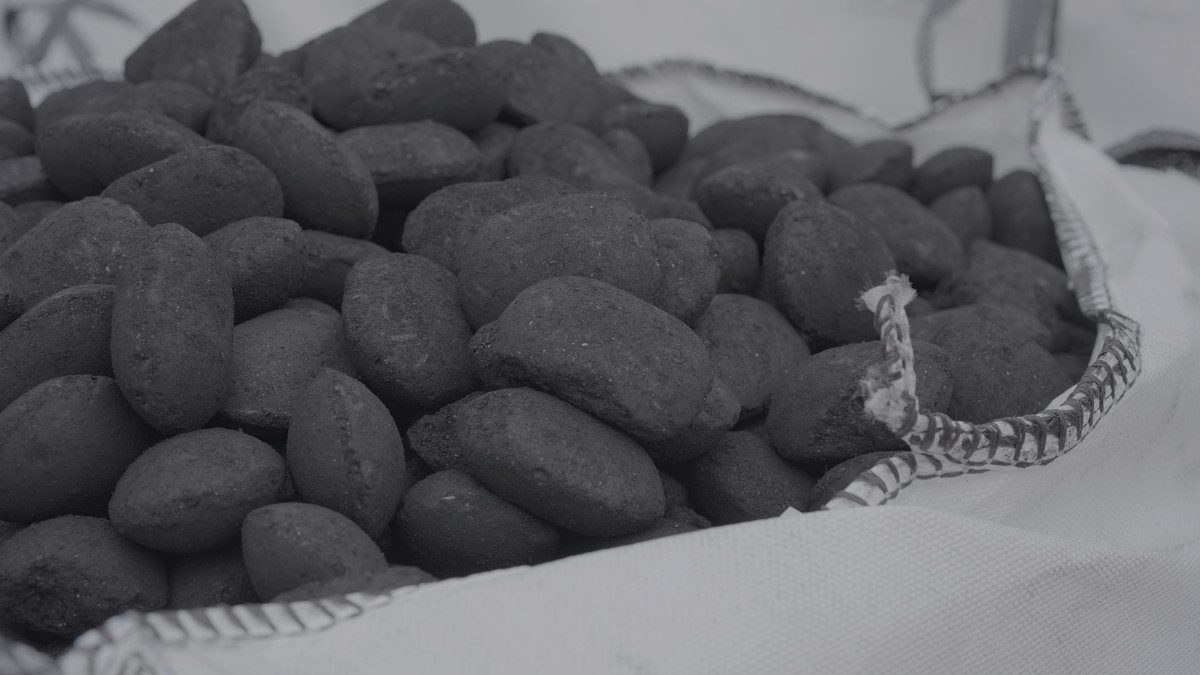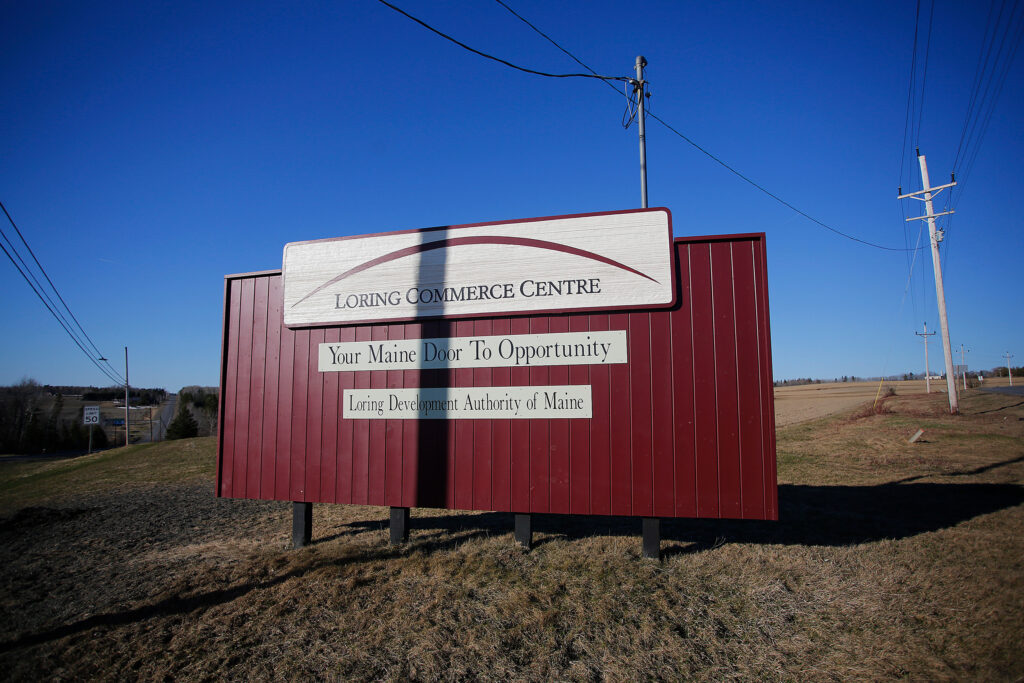Sixty-two years ago, Rachel Carson’s “Silent Spring” connected disappearing populations of bald eagles to the presence of the pesticide DDT in the birds’ food chain. Because bald eagles are apex predators, their dose of the toxic chemical was magnified and became fatal to their ability to reproduce.
Now, a study from scientists at Penn State University has illustrated another source of contamination that could be affecting the food chain of bald eagles in Pennsylvania, where they were reintroduced in 1983. Researchers tested freshwater mussels near a waste treatment facility in Franklin, Pennsylvania, that had historically discharged oil and gas wastewater into the Allegheny River but no longer does so.
Compared to samples collected upstream of the facility, the researchers found elevated levels of the radioactive element radium in the animals’ soft tissue, their hard shells and the streambed sediment where they live. The results were consistent with the chemical signature of wastewater produced from drilling in the Marcellus, the shale formation beneath Pennsylvania that has fueled the fracking boom.
“It’s a similar situation to what Rachel Carson was warning about with DDT affecting animals up the food chain,” said Evan Clark, the waterkeeper at Three Rivers Waterkeeper, a Pittsburgh-based nonprofit that focuses on health and water quality in the Allegheny, Monongahela and Ohio Rivers and their watersheds. “The muskrats are depended on by bald eagles, and muskrats are probably the biggest consumer of the freshwater mussels.”
At each link of the chain, contamination is concentrated.
Before fracking began in Pennsylvania, wastewater from the oil and gas industry was sent to centralized waste treatment facilities that removed most pollutants from it before discharging it into public waterways. With the advent of fracking, the quantities of contaminated water dramatically increased, and so did the potential for harm to the environment and public health.
Also called “produced water,” this waste usually contains salts, metals and toxic chemicals like arsenic, lead and benzene. The wastewater produced by fracking wells in Pennsylvania is particularly radioactive compared to legacy drilling, and it proved impossible to completely clean it.
In the 2010s, Nathaniel Warner, a co-author of the study and associate professor of environmental engineering at Penn State, started to research the impacts of these wastewater discharges on levels of radioactivity in the environment. He found that increased radioactivity could be found in the sediment downstream from waste treatment facilities as much as 30 kilometers (nearly 19 miles) from the discharge point.
“I’m always surprised when we see these impacts pretty far downstream,” Warner said, and the effect that a “tiny pipe” can have on a river is also striking. “It’s really just a normal four- or five- inch PVC pipe discharging this water. How it changes the entire chemistry of the rivers, right? It’s still shocking to me.”
Warner described what it’s like to observe an active oil and gas waste discharge point. First, you notice the smell, a strange, sweet headache-inducing odor. “The rocks are slippery there because it’s so salty, and then you also have this mucky mud that’s just kind of dead,” he said. “There’s nothing living in there. You can tell right at that discharge, it’s killed everything.” As you travel downstream, away from the discharge point, you can see life, like fish and algae, return to the water.
In previous studies, Warner looked at mussels’ shells, which grow outward “like tree rings.” Mussels make an ideal test subject for measuring water pollution over time because of their longevity and the fixed nature of their lives. Because they don’t move, they are exposed to whatever is in the water around them. And spike mussels, the species tested in this study, can live for years.
With this latest study, Warner and his co-author Katharina Pankratz were focused on the mussels’ soft tissue, which is often eaten by other animals. “The big question is, is this discharge of radioactivity getting into the food chain, and is it potentially bioaccumulating?” Warner said.
The results of the study suggest the answer is yes: The mussels with the highest concentration of radium in their soft tissue were found about a half kilometer from the discharge point. Mussels living closer to the discharge point were likely killed by the salinity of the wastewater, Warner said.

Increased levels of radium in freshwater mussels’ soft tissue “may pose health risks up the trophic food chain,” the study concludes. This pollution may already be affecting muskrats, who face “documented population declines unattributed to natural hunting rates.”
“We know that radioactivity sticks around in the soft tissue of these mussels. It’s consumed by others. Where it goes from there, we don’t really know,” Warner said. Muskrats can eat hundreds of freshwater mussels, so it makes sense to be concerned about their exposure. “Are the muskrats eating so many [mussels] that they actually get elevated radioactivity? Do some of the fish have this elevated radioactivity?”
More research is needed to answer these questions definitively, and it is unknown what impact this level of radium could have on the long-term health of mussels, muskrats, the predators that eat them—and humans. While the freshwater mussels in this study aren’t commonly eaten by people, locals do fish in the Allegheny River. Radium is infamous as a carcinogen, and it is known to cause bone cancer “in all species tested.” The public health risks of radioactivity entering the environment because of released oil and gas waste is understudied, Warner said, in part because it’s so difficult to do.
Native mussels are ecologically important in their own right. They are a keystone species, improving their freshwater habitats through filtration and serving as a food source not only for muskrats but also for otters, mink and birds. “They spend their lives filtering massive amounts of water,” Clark said. “And a lot of critters up the food chain depend on them.”
In addition to the impacts on bald eagles and the mussels themselves, Clark is concerned about the potential effects on otters, another species that has only recently returned in greater numbers to Pennsylvania because of government restoration efforts. “We’re starting to get otters spreading throughout the state and establishing colonies, and their existence still is pretty fragile,” he said.
Freshwater mussels in Pennsylvania are currently undergoing a “huge extinction event,” Warner said. Oil and gas waste is just one reason: Mussels suffer when water quality is affected, so acid mine drainage and other industrial pollution are also contributing to their demise. “It’s 1,000 cuts,” Warner said.
This story is funded by readers like you.
Our nonprofit newsroom provides award-winning climate coverage free of charge and advertising. We rely on donations from readers like you to keep going. Please donate now to support our work.
Donate Now
Fracking wastewater is no longer permitted for release into waterways from waste treatment facilities like public sewage plants in Pennsylvania, but between 2008 and 2011, huge volumes were discharged. The centralized waste treatment site included in this study accepted more than 500 million liters during those years. Today, some fracking wastewater is reused in other wells, some is injected underground and some is sent to permitted wastewater treatment plants.
Warner’s work shows that oil and gas wastewater discharges leave a legacy of contamination that may be affecting the environment and human health in ways we don’t yet understand. Even in places where the discharges stopped and remediation on the river followed, such as at the location the study covers, the contamination lingers.
The levels of radioactivity found in the mussels are not “three-eyed fish level of radioactivity,” Warner said, but they represent a significant increase from the baseline established in the mussels found upstream. “If we look at the bigger picture, and we look at all these facilities that have discharged, that’s quite a bit of radioactivity that has ended up in the sediment,” he said. “All these sediments are still there, the mussels are still there, that radioactivity is in the environment, and it persists—and it will persist for a long time because of this practice.”
Mussels are an indicator species; thriving, diverse populations signal a healthy ecosystem. Their disappearance raises alarm bells about the health of a waterway. Even as mussels have disappeared from other Pennsylvania waterways, the part of the Allegheny where the research was conducted is “kind of a center for mussel diversity,” said Clark, the waterkeeper. “The mussels are dense in the bed of the river. There’s tons and tons and tons of them.”
Seeing this diversity threatened by yet another onslaught in Pennsylvania’s long history of industrial and extractive pollution is “pretty disheartening,” he said, especially as some critical facets of the state’s ecosystems are just beginning to recover from the damage done by coal mining and earlier oil drilling.
“The Allegheny River is pretty special,” Clark said. “And we’re just playing out a long-term experiment on ourselves and on our river.”
About This Story
Perhaps you noticed: This story, like all the news we publish, is free to read. That’s because Inside Climate News is a 501c3 nonprofit organization. We do not charge a subscription fee, lock our news behind a paywall, or clutter our website with ads. We make our news on climate and the environment freely available to you and anyone who wants it.
That’s not all. We also share our news for free with scores of other media organizations around the country. Many of them can’t afford to do environmental journalism of their own. We’ve built bureaus from coast to coast to report local stories, collaborate with local newsrooms and co-publish articles so that this vital work is shared as widely as possible.
Two of us launched ICN in 2007. Six years later we earned a Pulitzer Prize for National Reporting, and now we run the oldest and largest dedicated climate newsroom in the nation. We tell the story in all its complexity. We hold polluters accountable. We expose environmental injustice. We debunk misinformation. We scrutinize solutions and inspire action.
Donations from readers like you fund every aspect of what we do. If you don’t already, will you support our ongoing work, our reporting on the biggest crisis facing our planet, and help us reach even more readers in more places?
Please take a moment to make a tax-deductible donation. Every one of them makes a difference.
Thank you,


















